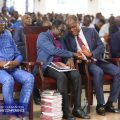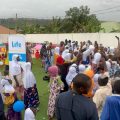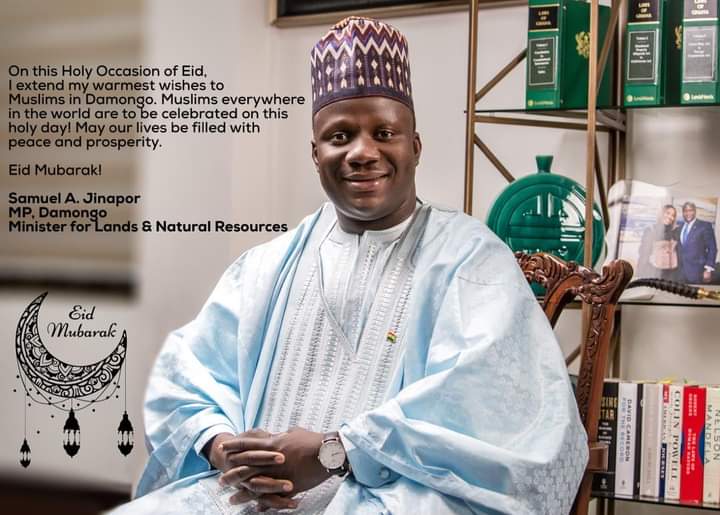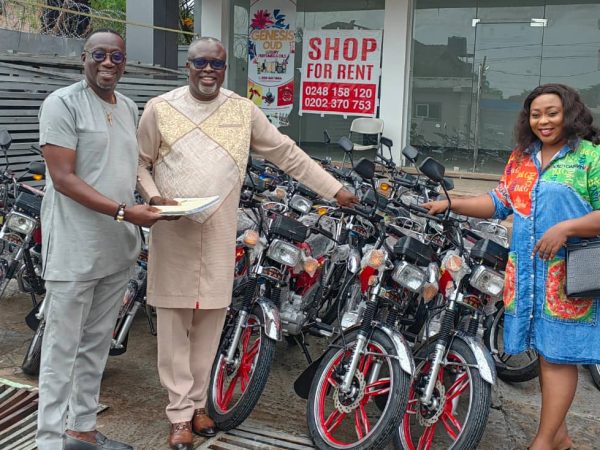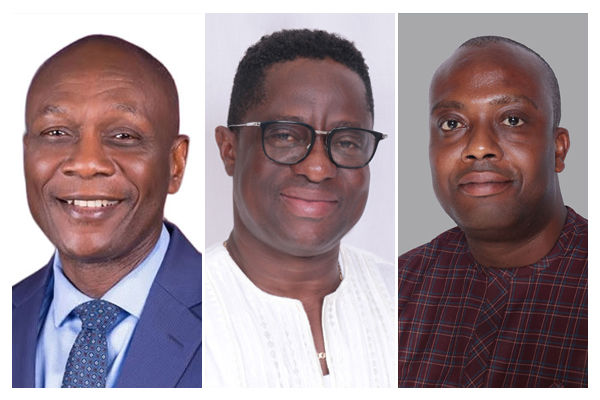Govt need to tap Savannah eco-tourism hub for socio-economic Devt – Jinapor
Hon Samuel Abdulai Jinapor, the Member of Parliament for Damongo, has called on government to tap the Savannah region huge tourism potential to help contributes significantly to the socio-economic development of the country.
According to him, the region boasts of several tourist sites which are worth exploring.
In a statement on the floor of Parliament in Accra on Wednesday, March 16, 2022, Mr Jinapor, touted the region one of the six newest regions as the oasis of tourism with presents of a lot of investment opportunities.
“Mr Speaker, let me take this opportunity to, on behalf of the Chiefs and people, invite all of you, as part of the Heritage Month of March, to visit the Mole National Park and the various tourist sites in the Savannah Region to reconnect with nature and distress from the daily challenges of life in the cities and towns.”
“Spending a day or two at an ecotourism site, like the Mole Park, according to experts, refreshes the entire being of a person. And in so doing, we will also be contributing to the development of our nation,” he urged.

Some of the tourist sites apart from the Mole National Park, that he itemized includes the Ancient Mosque and Mystic Stone at Larabanga, the Hippopotamus Sanctuary at Ntereso in the Bole District, the Slave Market and Wells at Salaga in the East Gonja Municipality, the Royal Mausoleum for Gonja Kings at Mankuma in the Bole District, the Mass Grave at Jintilpe in the Sawla/Tuna/Kalba District, the Black and White Volta Confluence at Lourchira in the Central Gonja District amongst others.
“The Agro-ecology of the Region, and the flat and gentle undulating nature of the land with tracts of lowland fertile valleys, such as the Katanga valley in East Gonja Municipality, part of the Fumbisi valley in the North Gonja District and the Oti river basin, make the Region suitable for large scale commercial and mechanized agriculture,” he added.

According to Mr Jinapor who is also the Minister for Lands and Natural Resources, a wide range of arable crops such as maize, millet, rice, yam, and cassava; cash crops, such as cotton, sugar cane, shea nuts, mango and cashew, as well as forest plantations, like rosewood, thrive in this Region.
Calling on the private sector to take advantage of the investment opportunities in the region, he said the region also hosts vast deposits of limestone, gold and other precious metals and hydrocarbons.
Apart from its rich cultural and tourism potential, the Savannah region has contributed illustrious sons and daughters towards the development of the country even before independence.
Mr Jinapor in the statement paid glowing tribute to their memory for setting the foundation upon which the present generation of the region was building.
Among the forebears of the region he mentioned include J.A. Braimah, a member of the Coussey Committee on Constitutional Reforms, which led to the 1951 Constitution, E. A Mahama, first Regional Commissioner and father of former President John Mahama, and Alhaji M.N.D. Jawula, a former Chairman of the Ghana Football Association amongst others.
“Mr Speaker, the youth of the Savannah Region, who constitute the future of the Region are determined to construct this infant Region into an oasis of progress and prosperity.”
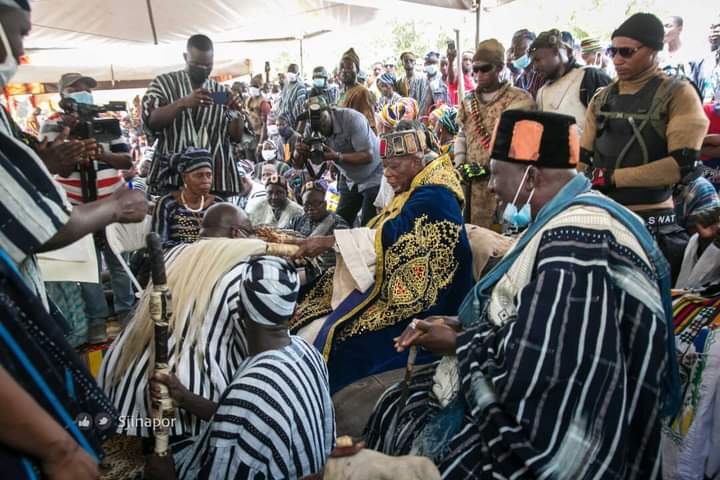

“The Savannah Region is ready and poised to contribute its quota to the forward march of our nation. Peaceful, united, serene, hospitable, and with vast opportunities, the Region is ready for Ghana and the world,” he told the House.
Source: Ekow Annan


